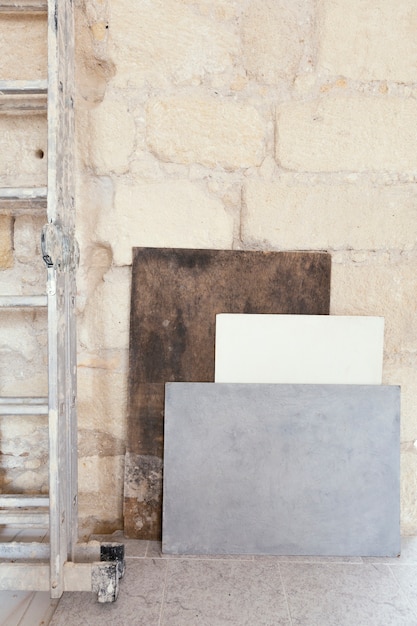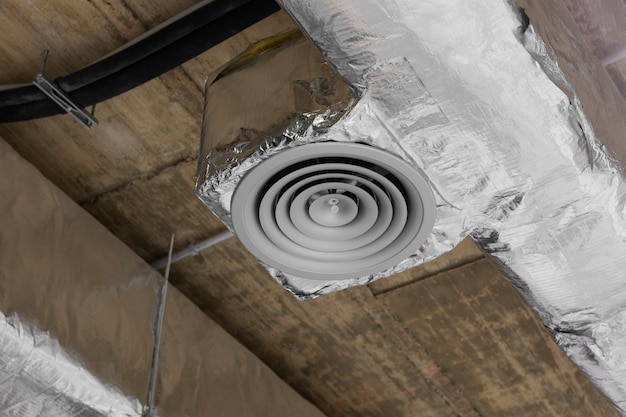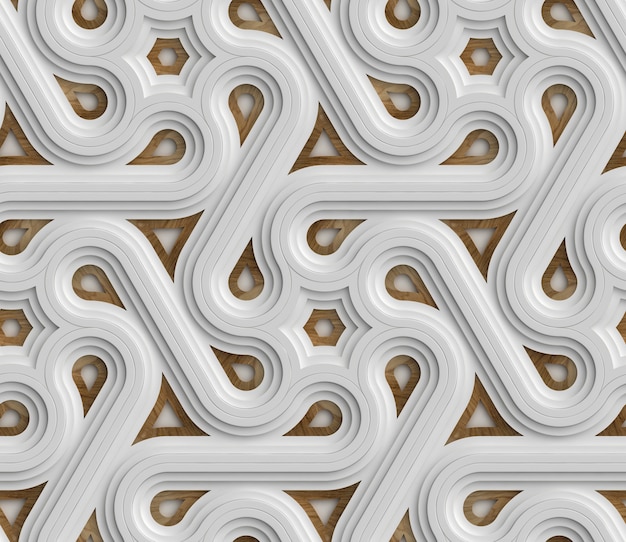Plaster coving is a decorative element that has been used for centuries to add a touch of elegance to homes and buildings. It is an intricate moulding that runs at the joint between the wall and the ceiling. The design of plaster coving includes various patterns and edgings that add an artistic touch to the interior. From various shapes and sizes to ornate designs, plaster coving can add a touch of elegance to any space. By seamlessly blending the wall and ceiling, plaster coving helps in creating a cohesive look that can elevate the overall style of any living space.
What Makes Plaster Coving The Must-Have Accent For Your Home Décor?

Plaster coving has a unique charm that is unmatched by any other decorative element. What makes plaster coving so special is the artistic value it adds to any space. The intricate mouldings and patterns add a touch of elegance and sophistication that cannot be achieved with any other decorative element. By executing well-placed plaster coving, the interior of any space can be transformed into a work of art.
Apart from its artistic value, plaster coving also provides a range of technical benefits. Plaster coving makes it possible to hide wires and cables running along the ceiling and walls, providing a cleaner and neater look to the home décor. Additionally, plaster coving helps to reduce the echo in a room and can provide a sound barrier between floors. The coving can also be illuminated, which provides an ambient light that can make the space feel more welcoming.
Plaster Coving Unveiled: The Magic Behind Its Unique Material

Plaster coving is made by blending a mixture of plaster of paris, fine silica sand, and water. This mixture is then put into a mould that creates the shape of the coving. Once removed from the mould, the plaster coving is allowed to dry and harden before being installed.
The composition of plaster coving is what makes it so special. The plaster used to create the coving is a natural material that is safe, durable, and easy to work with. The silica sand used in the mixture provides the coving with the strength it needs to withstand daily wear and tear. The water serves as a key component that helps the plaster mixture harden and set.
Mastering The Art Of Plaster Coving: Materials, Techniques, And Designs

Plaster coving can be found in various shapes, sizes, and designs. From plain, simple designs to more intricate patterns, plaster coving can be customized to match any interior style. To master the art of plaster coving, one must have knowledge of the different materials and techniques that go into creating a unique piece of plaster coving.
The first step in creating plaster coving is selecting the right materials. The basic materials required to make plaster coving are plaster of paris, silica sand, water, a mould, and a mixer. One can add a range of colours to their plaster mixture to create a piece that matches the overall colour scheme of the interior.
Once the plaster coving is created, it can be installed using a range of techniques. The most common technique used to install plaster coving is to apply a mixture of plaster and water to the ceiling and walls where the coving will be attached. The mould is then carefully placed in the mixture, creating a seamless and smooth finish.
To create unique designs and patterns, plaster coving can be customized. One can use stencils to create intricate patterns on the coving or use a woodblock to create a raised design. The coving can also be painted to match the overall colour scheme of the interior, making it blend perfectly with the walls and ceiling.
Raising The Bar In Home Decoration With Plaster Coving

Plaster coving is a must-have element in any interior design. Its unique charm and techniques allow homeowners and designers to create custom pieces that can elevate the overall style of any living space. From its artistic value to technical applications, plaster coving provides a range of benefits that cannot be surpassed by any other decorative element.
Plaster coving is a unique and beautiful element that adds a touch of elegance to any space. The use of materials and techniques allow for customization and creativity, which makes it possible to create a piece that matches any interior style. Plaster coving stands the test of time, allowing homeowners and designers to create a beautiful and artistic interior that they can enjoy for years to come.




